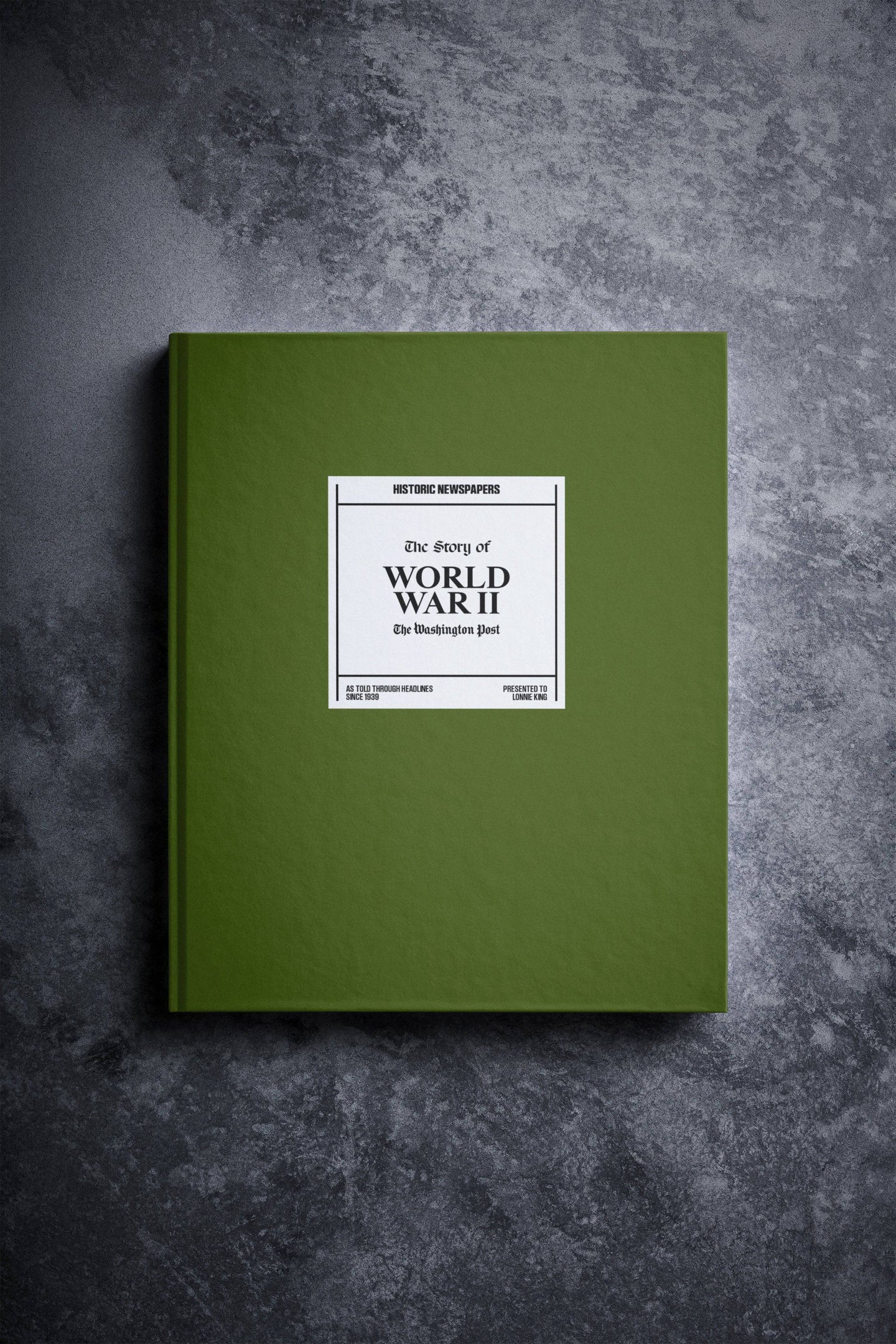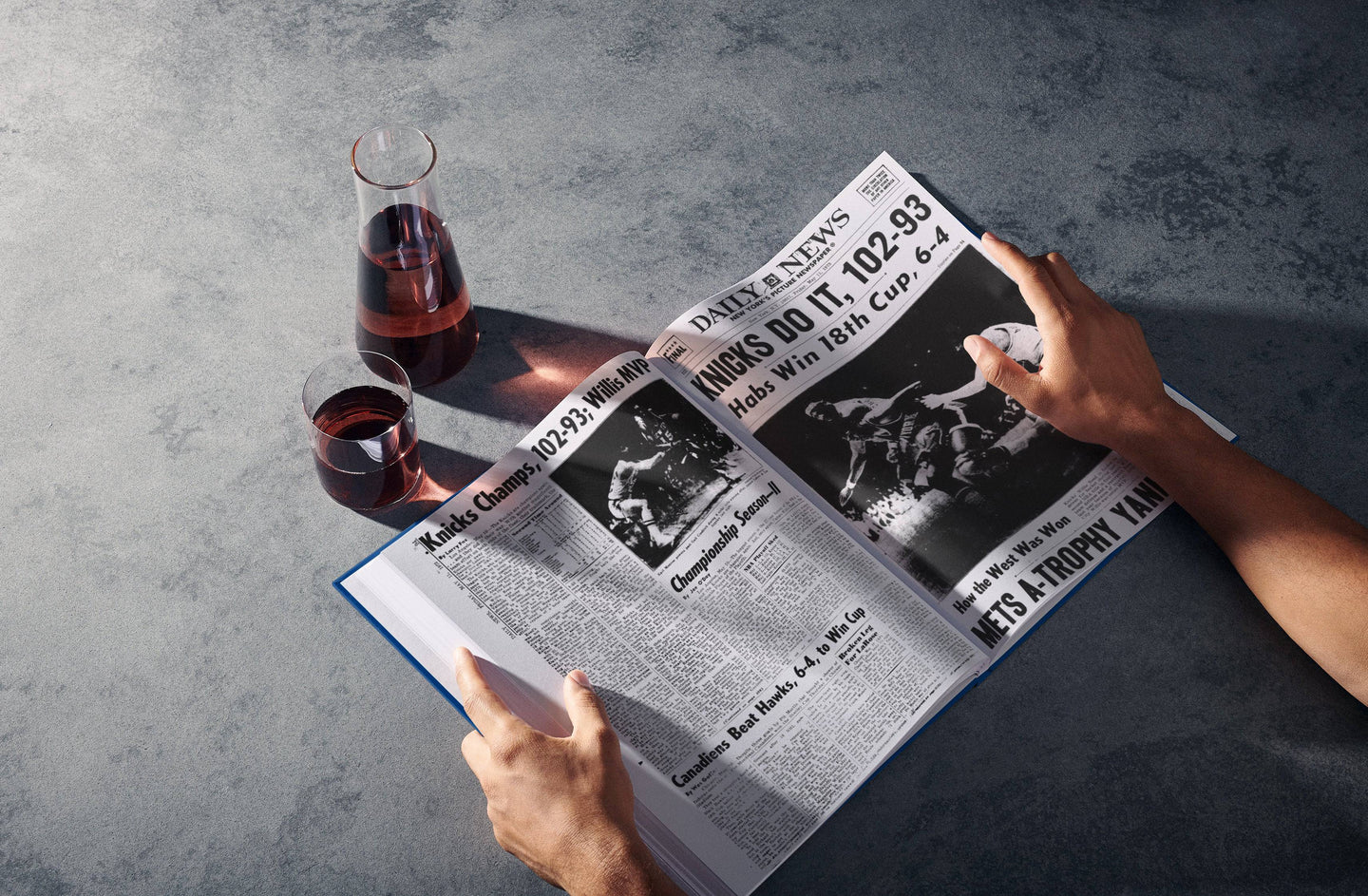The rights of all American citizens are outlined within the constitution, including what is known as the Civil War Amendments. These 13th, 14th and 15th amendments were created in 1865, 1868 and 1870, respectively. The amendments were designed to ensure the equality of emancipated slaves; banning slavery, declaring those born within the United States to be citizens, and prohibiting governments from denying citizens their right to vote.

Dwight D Eisenhower signing in the Civil Rights Act of 1960
Image: Wikimedia Commons
Civil Rights Act of 1957
To understand the Civil Rights Act of 1960, the background of the preceding act made in 1957 is needed.
In the 1950s and ‘60s, America was heavily divided with southern states completely banning racial integration. Public places would have separate entrances for black people, if they allowed them to enter at all. Though we all now know of Rosa Parks and the Montgomery Bus Boycott in December 1955, the media coverage of students entering Little Rock Central High School in Arkansas brought the Civil Rights Movement to the world’s attention.
On September 4, 1957, nine African American students were due to enter the school, a previously all-white institution. These students were blocked by 270 National Guard troops who had been ordered there by State Governor, Orval Faubus. Media filmed the students being turned away and being verbally abused by students and adults of Little Rock. Shocked by these images which had been aired across the nation, President Eisenhower issued 10,000 paratroopers to escort the black students into their new school.
Outside of the southern states, many Americans were not aware of the discrimination African Americans faced and the televised incidents in Arkansas spurred Eisenhower to push through the bill for the Civil Rights Act of 1957.
The act of 1957 was the first Civil Rights Act to be passed by the government since 1875 and was designed to enforce the 14th and 15th amendments. The act established the Civil Rights Division in the Justice Department and allowed federal officials to prosecute anyone that conspired to prevent another citizen’s right to vote. It also created a U.S. Civil Rights Commission to investigate allegations of voter infringement.
One of the biggest obstacles to people being able to vote was a literacy test. Typically, this was a multiple-choice test, which could be written or oral, and was given to those who could not prove they had a high enough education to register to vote. Often these tests, especially in southern states, were skewed so that white people passed but African Americans would fail.
Though the act of 1957 was a step in the right direction, the argument that both white and black citizens were tested was often used as proof that black people were not discriminated against. If any person was accused of obstructing a person’s right to vote, they would face trial by a jury of their peers before seeing any punishment. As jurors needed to be registered to vote, the jury would be all-white and so no punishment would ultimately be given. Therefore, the Act of 1960 was proposed to close loopholes within the 1957 Civil Rights Act.
Civil Rights Act of 1960 Summary
Signed into law by President Dwight D. Eisenhower on May 6, 1960, this legislation would strengthen the laws already created in the act of 1957 which had been openly opposed by state politicians.
- Local voter registration polls, especially those in the south, would be subject to a federal inspection by appointed referees to ensure that African Americans could vote.
- Punishment for anyone who obstructed a person’s attempt to vote or register to vote.
- The Civil Rights Commission, which was previously limited to two years, would be extended and oversee voter registration and practices.
- Any interference with court orders regarding school desegregation would face prosecution.
- Local records for voter registration would be made available to the Department for Justice, allowing rejected voting registrations to be reviewed by appointed referees.

Martin Luther King Jr., Civil Rights Movement leader
Image: Wikimedia Commons
Significance and Legacy
The significance of the Civil Rights Act of 1960 was that it acknowledged there was an issue with racial discrimination within the United States. Though opinions of how successful the bill was are mixed; an issue that was often ignored, or even fuelled, by politicians due to not wishing to lose white voters, was finally being brought into the spotlight.
In terms of voting numbers, the impact of the 1960 Civil Rights Act added an extra 3% of voters to the electoral register who were African American. Given the population of the United States at the time, this equates to thousands of black citizens who were empowered to vote.
This legislation didn’t solve the problem, as proven by further demonstrations such as the Greensboro sit-in protests of 1960, and the March on Washington of 1963. However, the act of 1960 paved the way for numerous more Civil Rights Acts and raised awareness across America of the treatment of its citizens in southern states. Further civil rights legislations would soon follow, including the 1964 Civil Rights Act and the Voting Rights Act of 1965.
To read more historic events of the time, your own authentic, original 1960 newspaper can be purchased from our extensive archive.


























Follow us